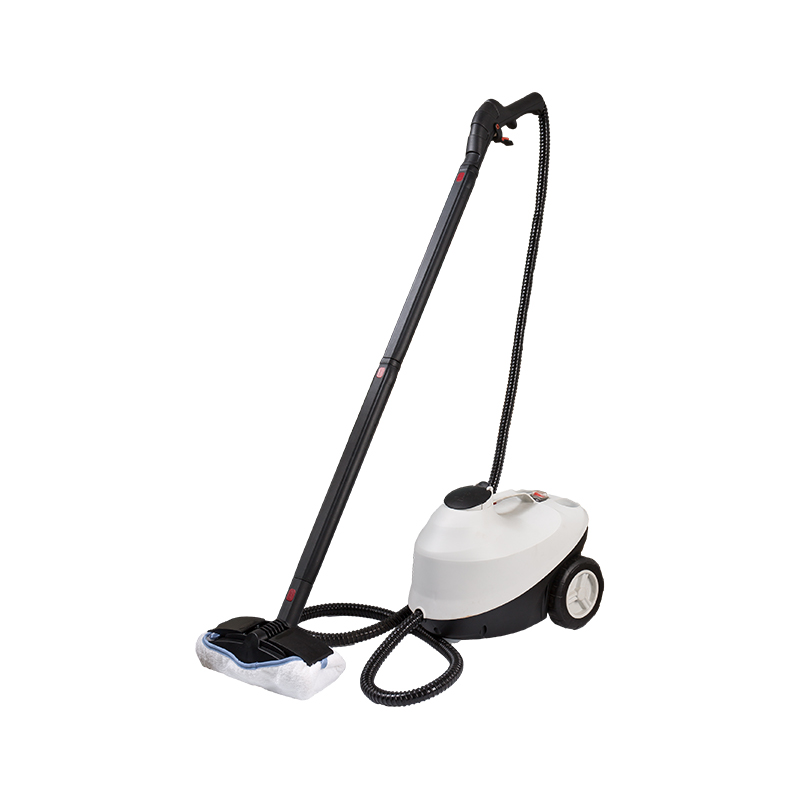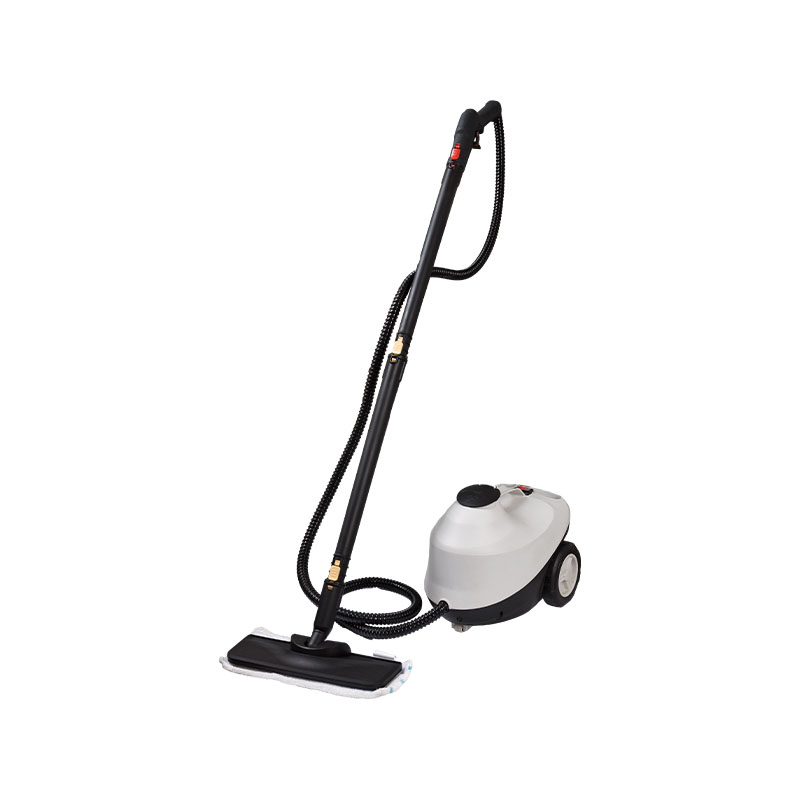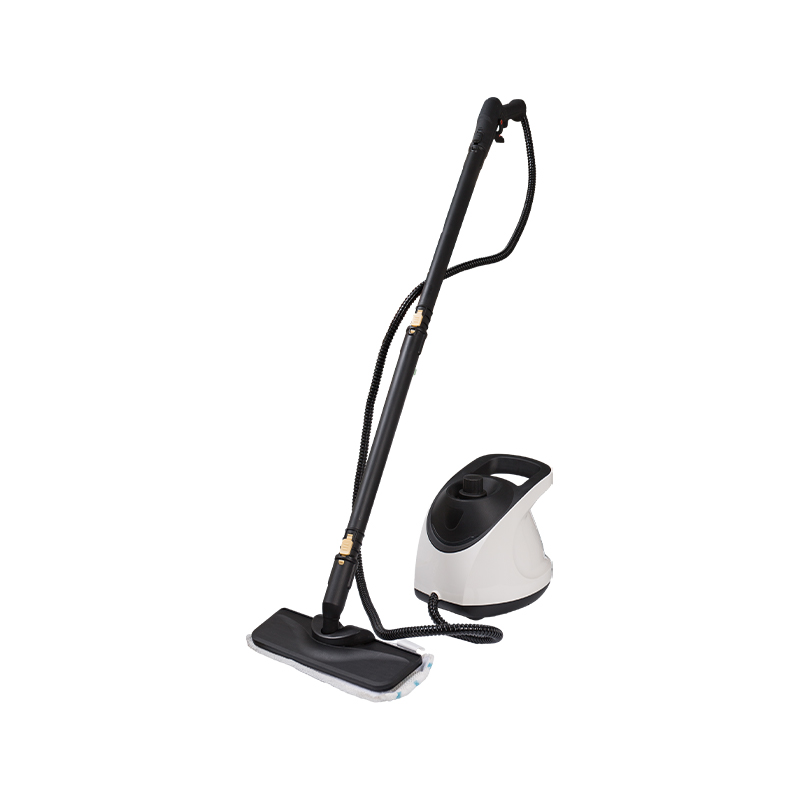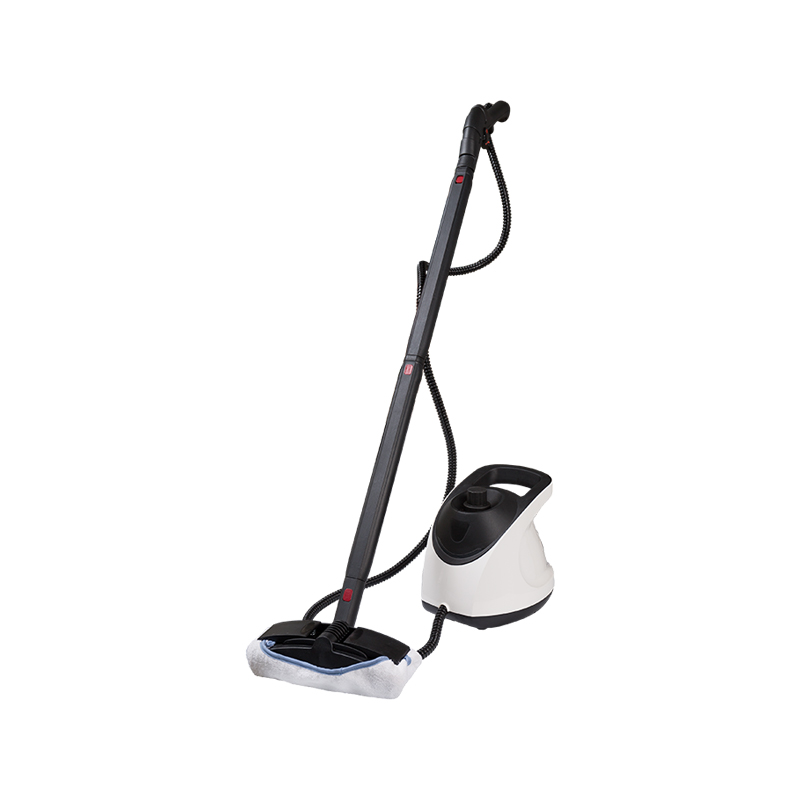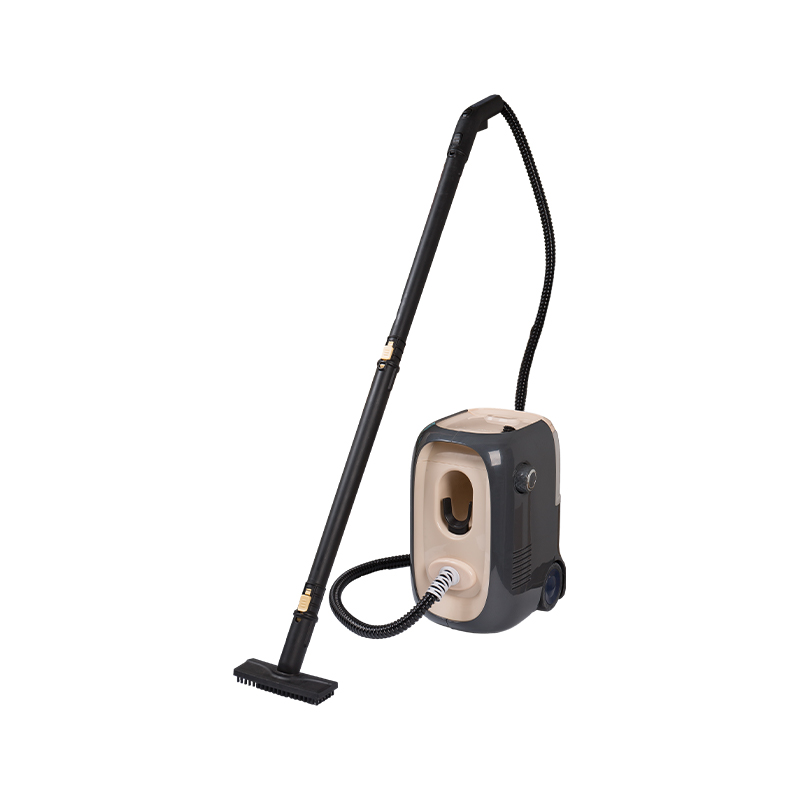-
Phone: +86-13282120735
-
Tel: +86-0571-58307962
-
Fax: +86-0571-58307999
-
E-mail: jy@hzkelong.cn
-
ADD:The Southern Industrial Development Area, Meicheng Town, Jiande City,Zhejiang, China

How Floor Steam Mops Save Time in Daily Cleaning
Maintaining clean floors is a fundamental part of keeping a home or workspace hygienic and comfortable. However, traditional floor cleaning methods can be time-consuming and physically demanding. Mopping with water and detergent, scrubbing stubborn stains, and repeatedly changing dirty water can make daily cleaning a labor-intensive task. Floor steam mops have emerged as a practical solution that not only reduces cleaning time but also improves efficiency and cleanliness.
Understanding Floor Steam Mops
Floor steam mops are a cleaning device that uses steam to sanitize and clean hard floor surfaces. Unlike conventional mops, which rely on physical scrubbing and detergents, steam mops generate high-temperature steam from water in a built-in reservoir. The steam is released through a microfiber or cloth pad that glides over the floor, loosening dirt, grease, and grime while killing bacteria and germs.
Steam mops are suitable for various floor types, including tile, laminate, vinyl, and sealed hardwood. The combination of heat and moisture eliminates the need for chemical cleaners in many cases, making them convenient for both homes and commercial spaces.
How Steam Mops Reduce Cleaning Time
1. Fast and Efficient Cleaning Motion
Traditional mopping often requires repetitive back-and-forth motion, especially when cleaning large areas or tackling stubborn dirt. Floor steam mops simplify this process. The steam loosens dirt and grime before physical contact, meaning less effort is needed to remove it. Users can glide the mop across the floor and achieve a clean surface in one pass, reducing the time spent on each room.
2. Eliminating the Need for Soaking and Scrubbing
Many conventional mopping methods require soaking the mop, wringing it out, and scrubbing tough spots manually. These steps are labor-intensive and slow. Steam mops, on the other hand, release concentrated steam directly onto the floor. The heat softens sticky residues and dirt, often allowing the user to clean without scrubbing. This feature significantly shortens the overall cleaning process.
3. No Repeated Water Changes
Cleaning floors with a traditional mop usually involves filling buckets with water and detergent, which become dirty quickly. Frequent water changes are necessary to avoid spreading dirt around. Floor steam mops use a closed water reservoir, and the steam produced does not require continuous refilling during a single cleaning session. This means fewer interruptions and a smoother workflow.
4. Quick Drying Times
Wet mopping leaves floors soaked, often requiring additional time to dry before walking on them safely. Steam mops produce moisture in a controlled amount, allowing floors to dry much faster. Rapid drying reduces the need to wait between cleaning and normal activities, saving both time and effort.
5. One-Step Cleaning and Sanitizing
Steam mops combine cleaning and sanitizing in a single step. Traditional cleaning might require mopping first, then applying a disinfectant. With a steam mop, high-temperature steam kills bacteria and germs while lifting dirt. The dual function eliminates extra cleaning steps, reducing total cleaning time while maintaining hygiene standards.
Additional Time-Saving Benefits
1. Lightweight and Easy to Maneuver
Many steam mops are lightweight and ergonomically designed, making them easier to maneuver than heavy traditional mops and buckets. Users can quickly reach corners, under furniture, and tight spaces without lifting or straining, further reducing cleaning time.
2. Consistent Cleaning Results
Steam mops provide consistent heat and moisture levels, ensuring that each pass produces a predictable result. With traditional mopping, uneven pressure or insufficient detergent can leave streaks or require additional passes. Consistency in cleaning reduces the need for repeat efforts and saves time.
3. Versatile for Multiple Surfaces
Modern steam mops come with attachments or adjustable settings for different floor types, walls, and even fabrics. This versatility allows users to clean multiple surfaces with the same device without switching tools or techniques, streamlining the cleaning process.
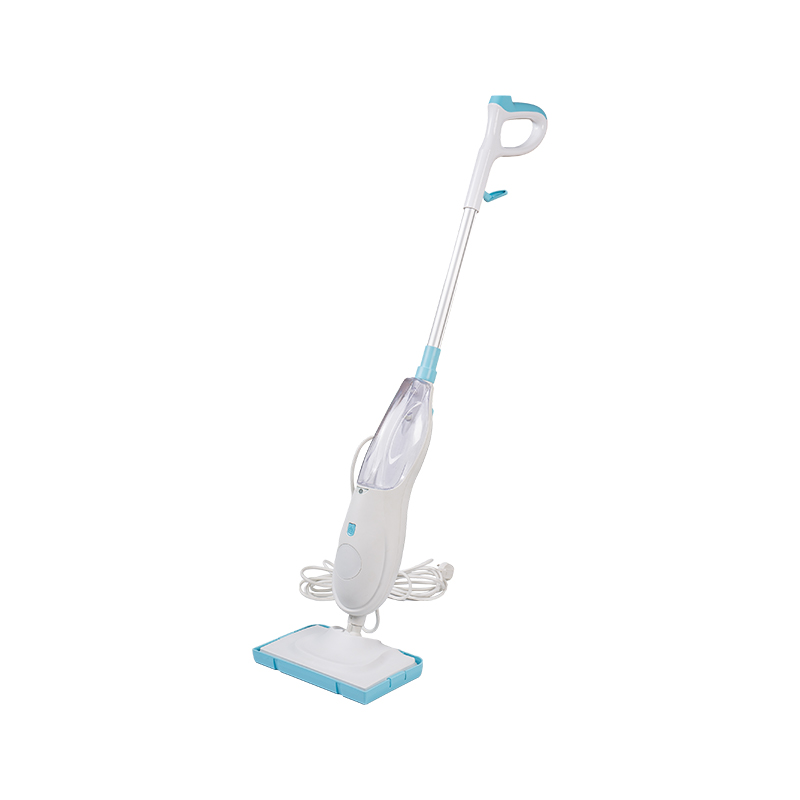
Tips for Maximizing Time Efficiency with Steam Mops
To fully benefit from the time-saving features of a steam mop, certain practices can help improve efficiency:
1. Pre-Clean Heavily Soiled Areas
For areas with excessive dirt or sticky residues, a quick pre-clean with a broom or vacuum can prevent the mop from spreading debris and allow the steam mop to work more effectively. This step reduces the need for repeated passes.
2. Use Proper Pads
Microfiber pads are highly effective at trapping dirt and absorbing moisture. Using clean, appropriate pads ensures maximum contact with the floor and prevents residue from being left behind. Some steam mops have reusable pads that can be washed and dried quickly, keeping cleaning cycles short.
3. Adjust Steam Settings
If the steam mop has adjustable steam levels, use higher settings for tougher stains and lower settings for delicate surfaces. Correct steam levels ensure efficient dirt removal without damaging floors, reducing the need for additional cleaning attempts.
4. Maintain Your Mop
Regular maintenance, such as emptying the water tank after use, cleaning the nozzle, and replacing worn pads, keeps the mop functioning efficiently. A well-maintained steam mop heats quickly, produces consistent steam, and reduces the chance of mechanical delays.
5. Plan Your Cleaning Path
Cleaning systematically from one side of a room to the other prevents backtracking and overlapping. Planning a logical path ensures that every area is covered without extra passes, maximizing the speed advantage of the steam mop.
Environmental and Health Considerations
While the primary focus is time-saving, steam mops also provide environmental and health benefits that indirectly support efficiency. Because steam mops often eliminate the need for chemical cleaners, there is no waiting time for chemicals to work or evaporate. This not only speeds up the process but also creates a safer environment for children, pets, and household members with sensitivities to cleaning agents.
Additionally, steam mops reduce exposure to bacteria, allergens, and dust mites. Clean floors contribute to a healthier living space, minimizing illness-related disruptions that could otherwise impact daily schedules.
Comparing Time Spent with Traditional Mops
Studies and practical experience indicate that cleaning with a steam mop can take as little as half the time compared to traditional mopping, depending on floor type and level of soiling. For example, a 200 square foot area that might take twenty minutes with a bucket and mop can often be cleaned in ten to twelve minutes with a steam mop. Over weeks and months, this reduction adds up to significant time savings for regular cleaning routines.
Conclusion
Floor steam mops offer a practical and efficient solution for daily cleaning tasks. Their combination of heat, moisture, and effective cleaning pads allows users to remove dirt, grease, and bacteria with minimal effort and in less time than traditional methods. Key features such as fast drying, lightweight design, one-step sanitizing, and versatility across floor types contribute to the time-saving benefits. By using a steam mop strategically and maintaining it properly, daily floor cleaning becomes faster, easier, and more hygienic. Adopting a steam mop into regular cleaning routines can significantly reduce the physical effort and time required, making it an essential tool for anyone seeking efficient home or workspace maintenance.

